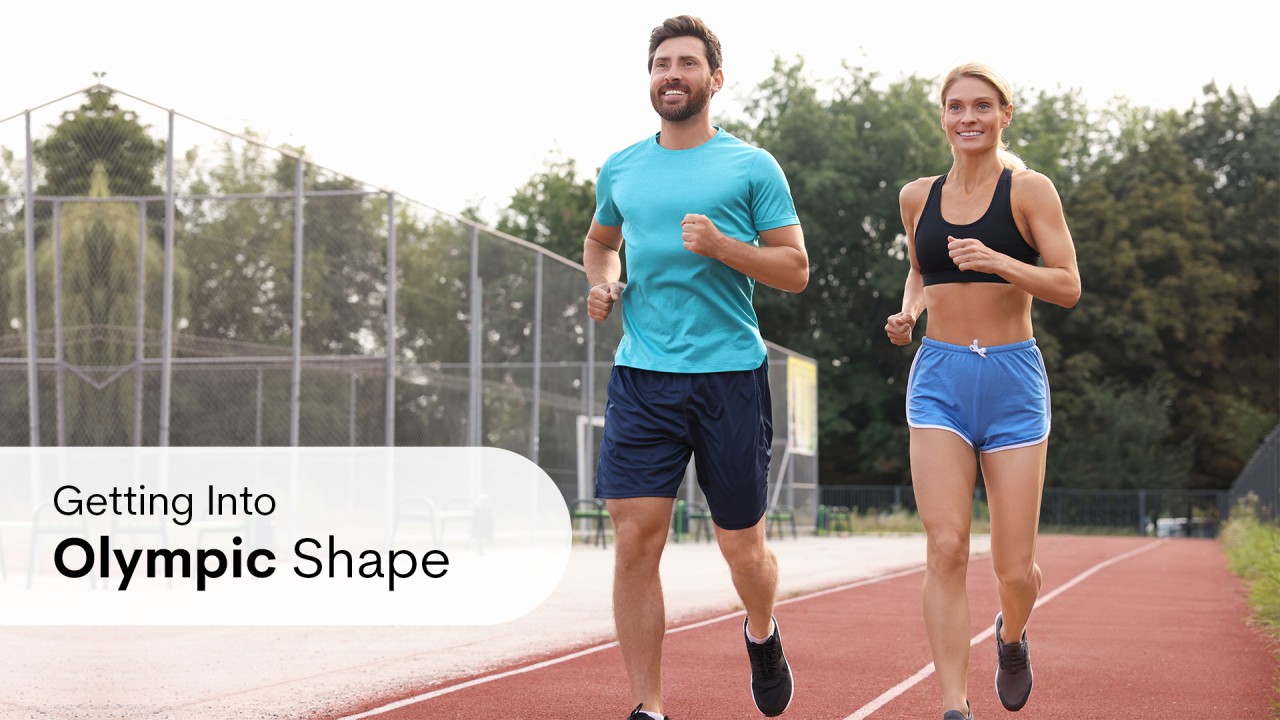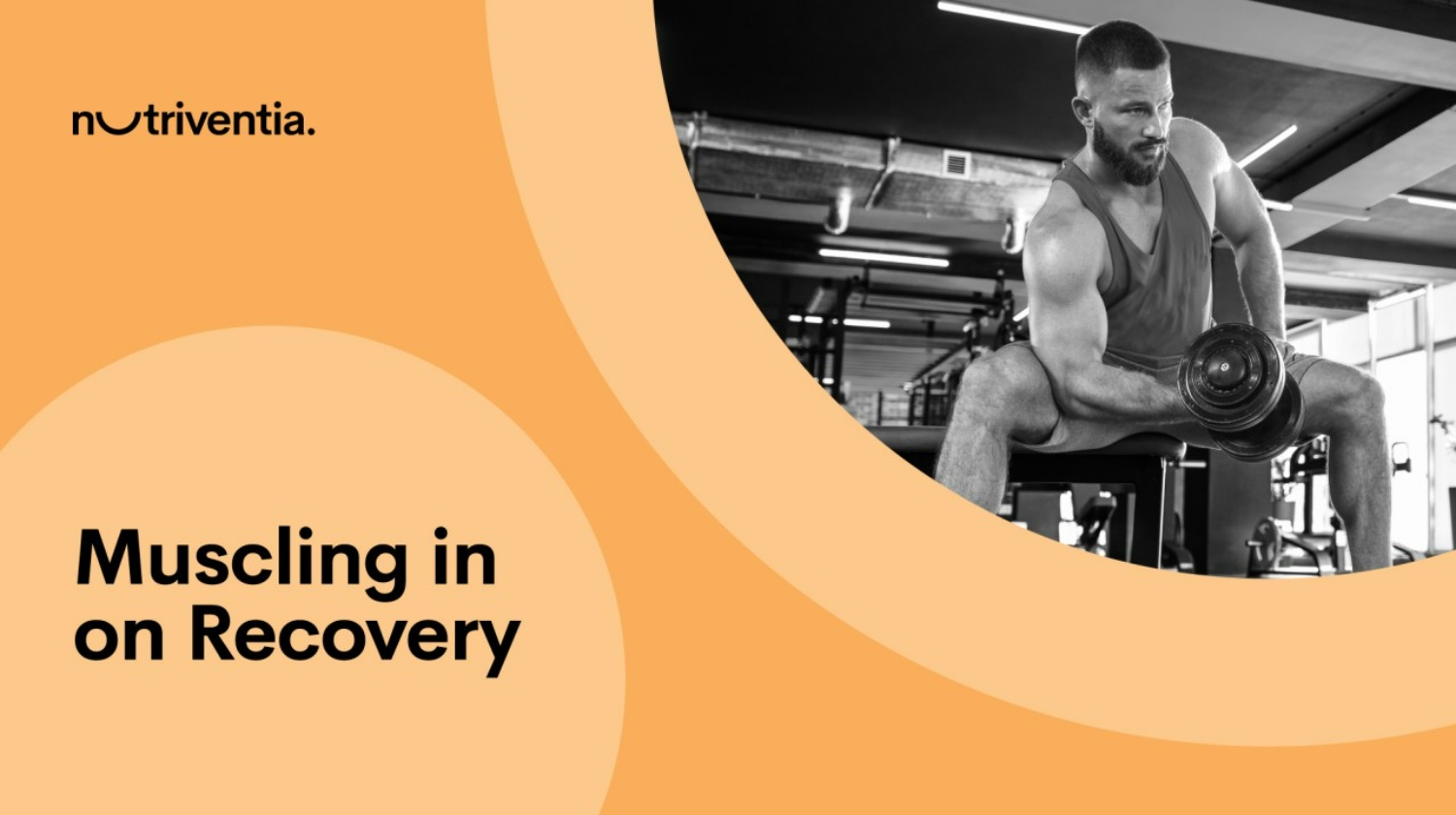The highly anticipated summer Olympics 2024 will kick off shortly, and just about everyone is excited to witness the best in athleticism, and of course, to root for their country.
The 2024 Olympic games will be held in Paris starting on July 26 and last through August 11. Athletes will compete in 239 medal events representing 32 sports. Fun fact: breakdancing is now an Olympic sport; it makes its debut as competition this year.
Olympic athletes are inspiring in many ways, and perhaps the most is the sheer dedication and focus they give to their sport and to their physical and mental shape. After all, they know their bodies and minds are the top tools needed to perform their best and to make their marks in their sport.
But you don’t have to be an Olympian to adopt core principles of Olympic training – getting your body and mind into peak physical shape.
Olympic athletes train to obtain even the most minute competitive edge. Arj Thiruchelvam, a spring and jumps coach, told sports writer Matt Kollat that “when 0.2 seconds makes all the difference between first and last place, the science behind athlete nutrition is understandably more complex. No two events will have the same physiological demand on an athlete but there are some similarities that need to be balanced.”
Most consumers who want to step up and finesse their workouts don’t need to concern themselves with the razor’s edge differences such as milliseconds in athletic play or competition. But taking some common-sense pointers from how Olympic athletes train may lead to improvements in physique and physical output.
Athlete and training expert Daniel Palenov compiled a list of 10 steps that fit people can follow to up their training game. They include:
Properly warming up to “prime” muscles and tendons, and ensure flexibility, increasing training frequency and incorporating cross-training all help ensure what Palenov describes as “comprehensive development across different muscle groups.”
Energy
Warmups, cross-training and high-intensity training all require a good source of energy. Caffeine and cordyceps mushroom are allowed for Olympic athletes to consume.
Cordyceps is a fungi that has long been consumed for promoting endurance, and there are many studies showing its energy benefits. For example, one human study found that supplementation with Cordyceps militaris improved VO2max and the researchers concluded, “may improve tolerance to high-intensity exercise; greater benefits may be elicited with consistent supplementation.”
Long-lasting energy is undeniably beneficial when training, and caffeine is often consumed to generate energy, but that often comes with the crash. A natural and innovative solution is CaffXtend®, a patent-pending sustained-release natural caffeine ingredient that works for a full 12 hours – without the jitters or the crash.
Recovery
High-intensity training, Palenov writes, needs to be integrated judiciously into the workout, as too much can lead to damage. Another critical aspect of improving athletic performance with gains in endurance, strength and flexibility is recovery.
Delayed onset muscle soreness (DOMS) often results 24 to 48 hours post intense workout of muscles that have been lax for a while. DOMS is characterized by high inflammation caused by tiny tears in the muscle fibers from acute stress (e.g., lifting, pulling and pushing high weight). TurmXTRA® is a turmeric extract shown effective in only one 250 mg dose per day. In a study, TurmXTRA demonstrated significant reductions in muscle-ache intensity within 12 hours post-exercise, compared to other turmeric extracts and curcumin supplements.
Enthusiastic workouts can lead to inflammation caused by the micro-tears in muscles incurred by repetitive lifting of heavy weights. These micro-tears help the muscle grow in strength and size by producing high levels of cytokines that repair the damaged muscle. Turmeric/curcumin is well-known for its inflammatory management ability.
Another interesting derivative of a whole food is the amino acid citrulline from watermelon, a popular refreshing and hydrating summertime fruit. One study showed that drinking watermelon juice helped reduce muscle soreness after 24 hours.
Immune Protection
Excessive training is known to affect immune health. Authors of one review explained that intense and prolonged exercise sessions can generate a temporary immunodepression (reduced immune function), thereby increasing risk of infections, as documented by studies on athletes.
Vitamin C is one of the most widely used immune-support vitamins. C-Fence is a sustained-release once-daily vitamin C for continuous 24-hour antioxidant support. In a recent randomized, double-blind, placebo-controlled study to evaluate the pharmacokinetics of C-Fence, vitamin C plasma levels were significantly higher in participants consuming a once-daily 500 mg dose of C-Fence and stayed well above baseline for up to 24 hours after dosing with a good safety profile.
Another vitamin widely known to support healthy immune function is D, which regulates several immune cell types, such as macrophages, T- and B-cells, and antigen-presenting cells. Athletes with sub-optimal vitamin D levels may be at greater risk of developing a host of conditions, including muscle injuries and stress.
And speaking of stress, athletes tend to be under physical stress as well as performance/play stress. Over the long term, adaptogens can help reduce stress reaction, and ashwagandha is the most recognized adaptogen. Prolanza™ is a unique ashwagandha that is preferable for athletes – this root-only ashwagandha contains 20 biologically effective withanolides to support stress management by reducing cortisol production, and it does this in only one 300 mg dose daily.
Olympic athletes are not only admired for their physical prowess that borders on the superhuman but for the lessons they can teach us – work hard, never give up and always go for the gold!



